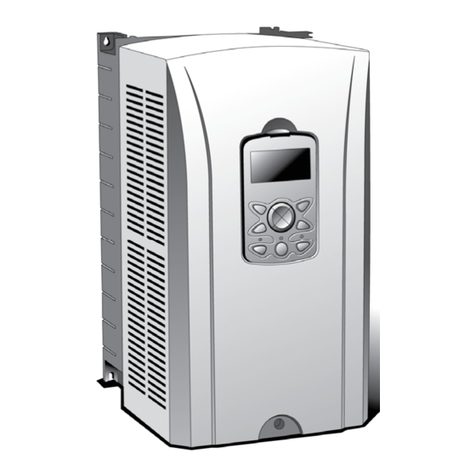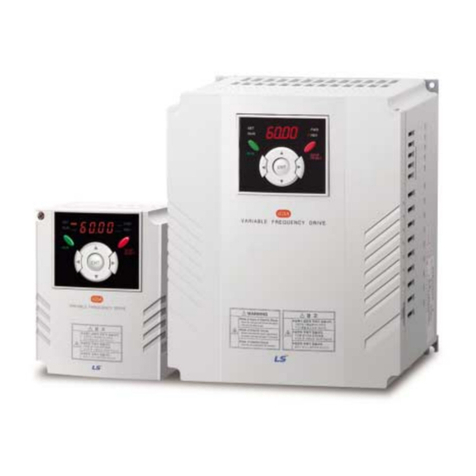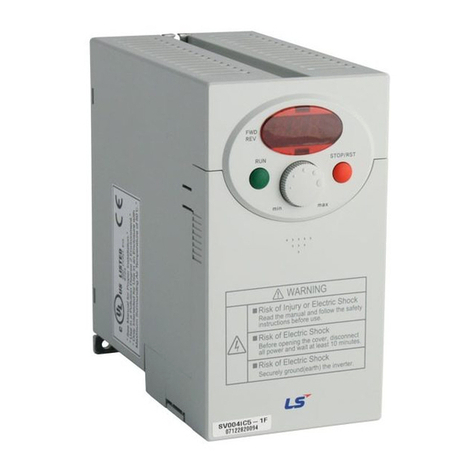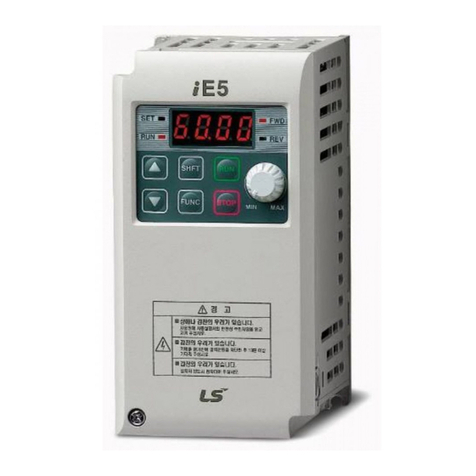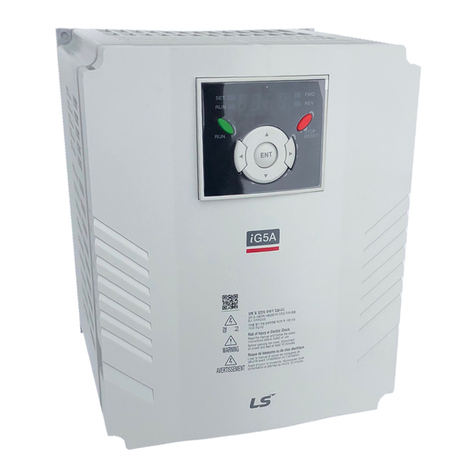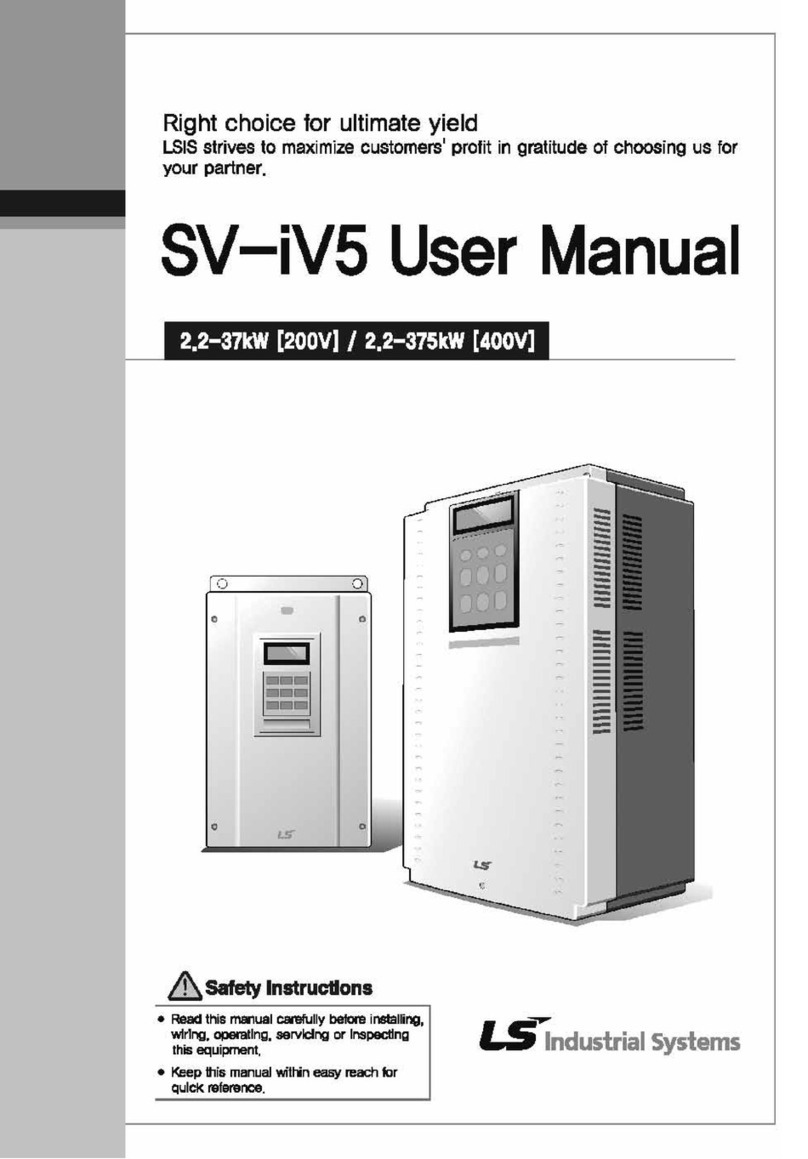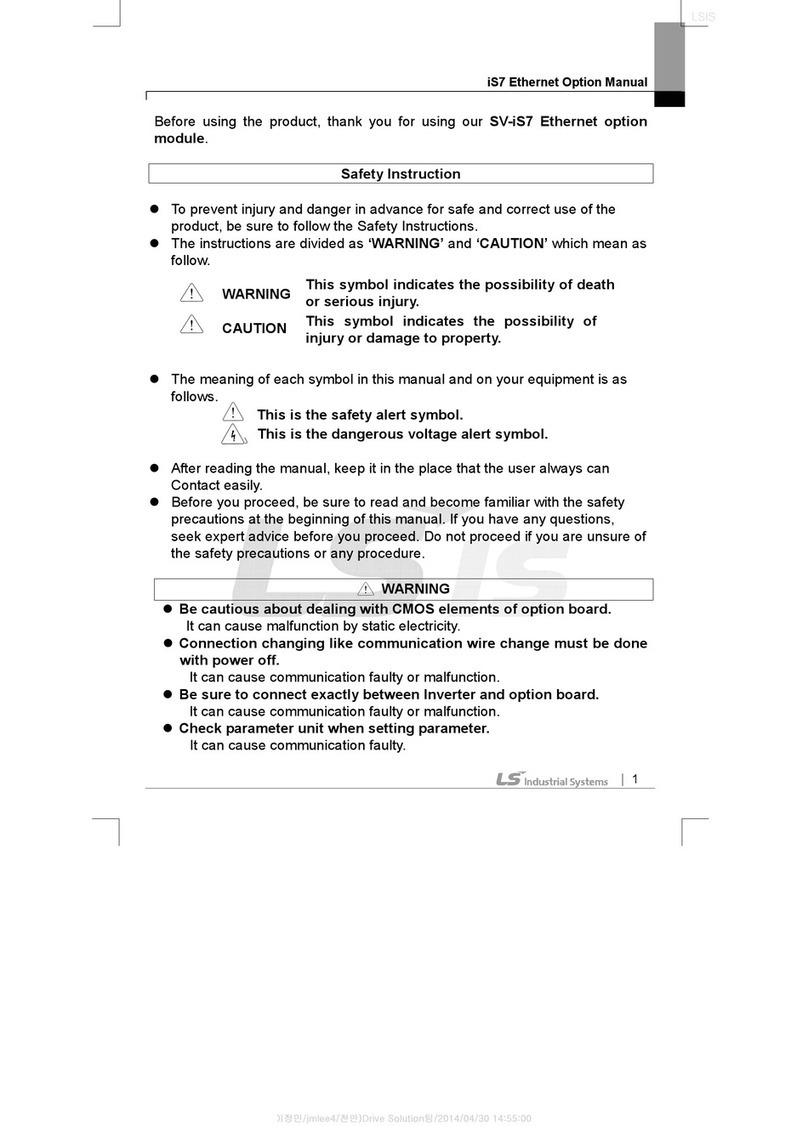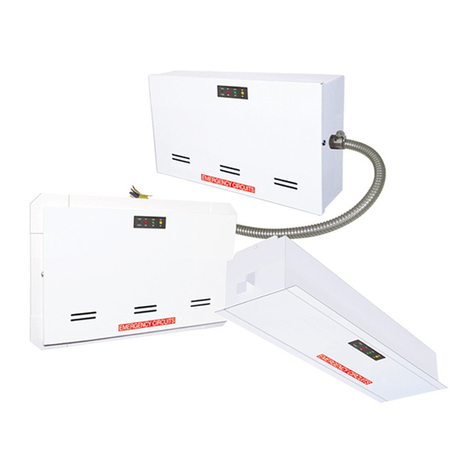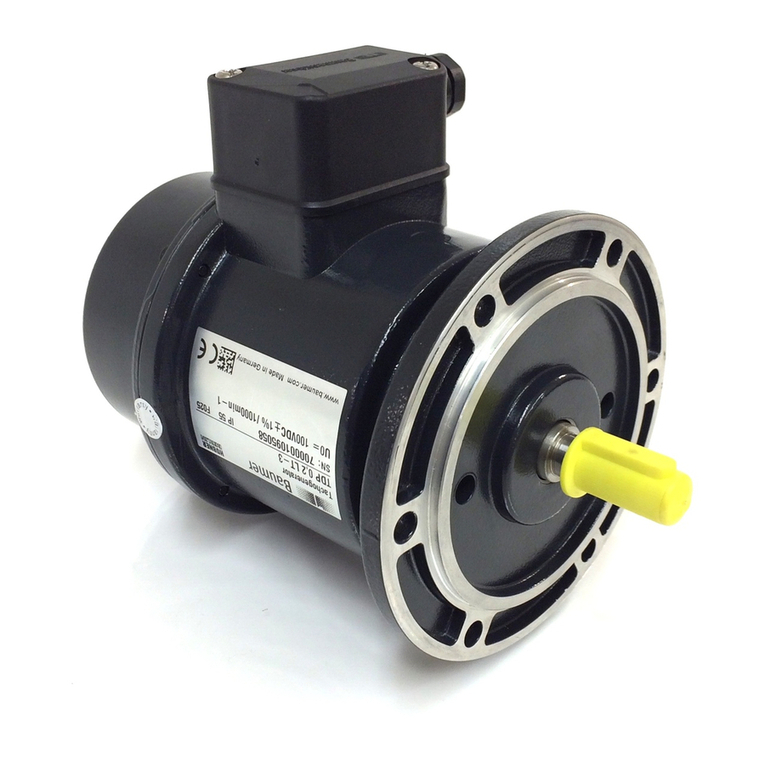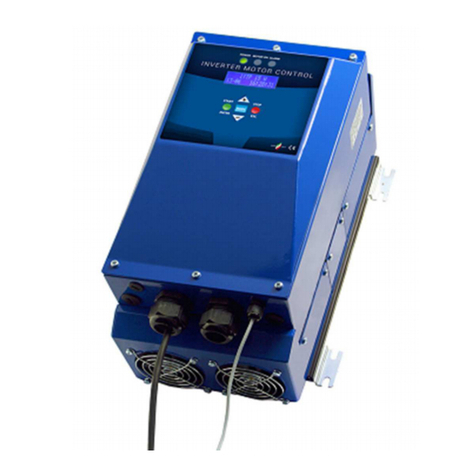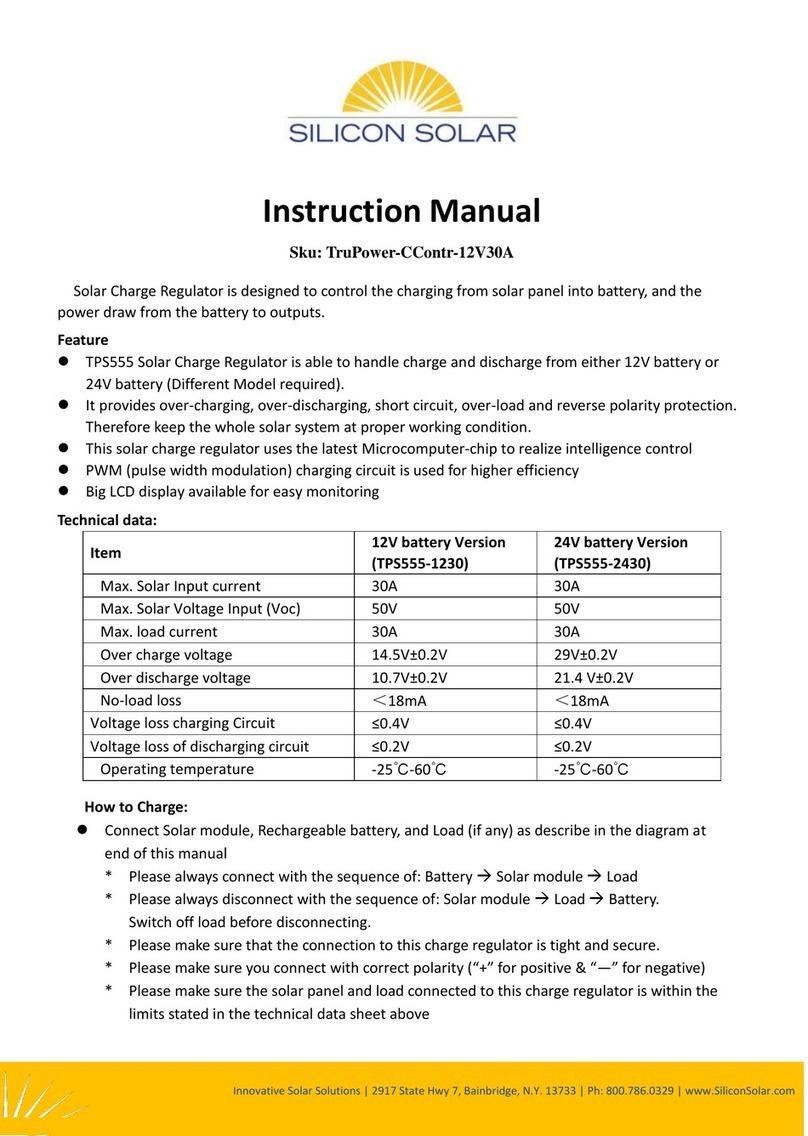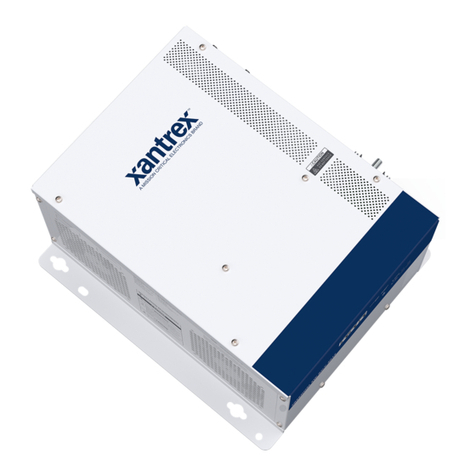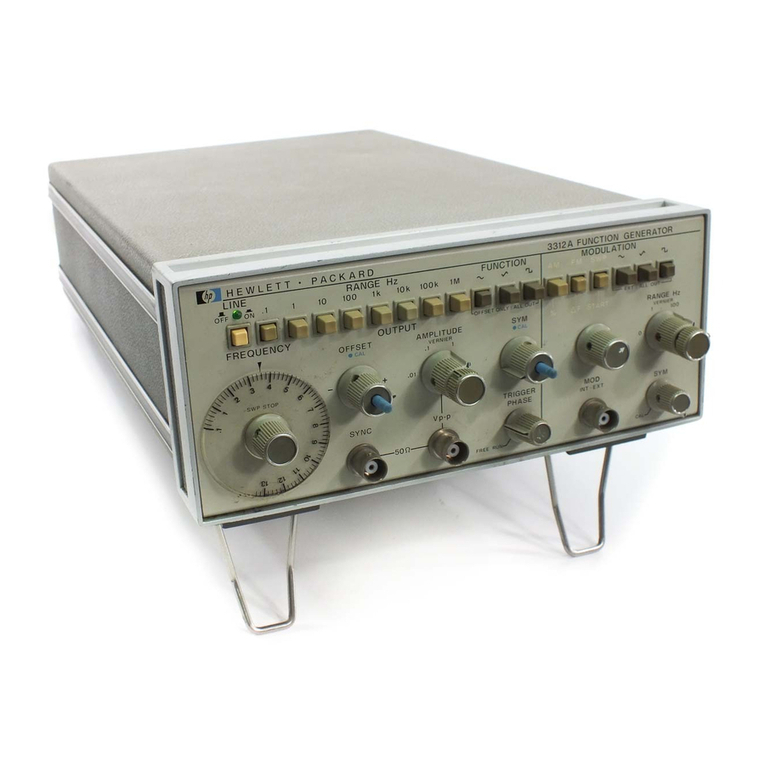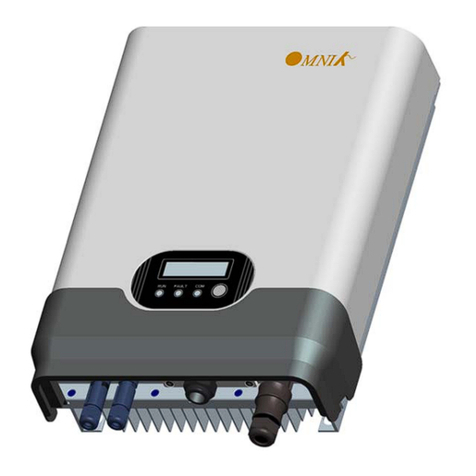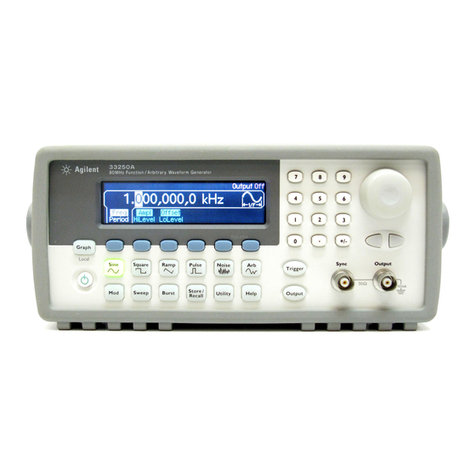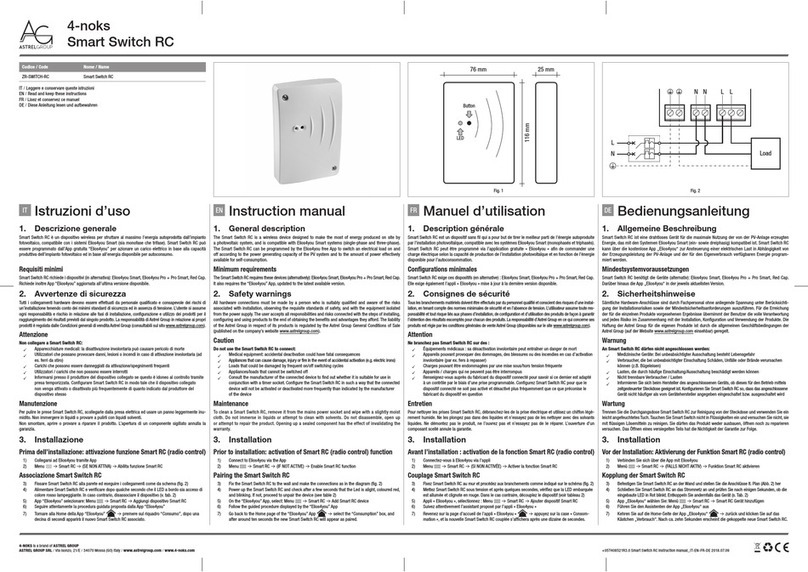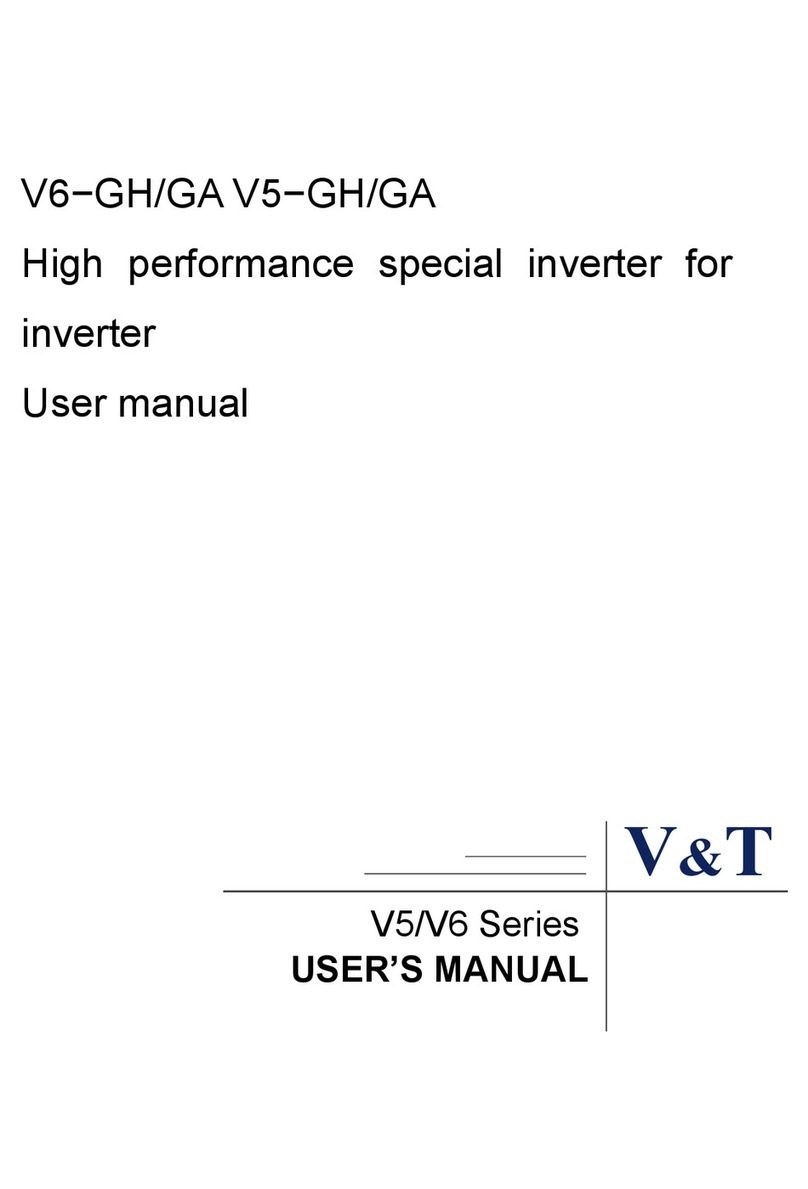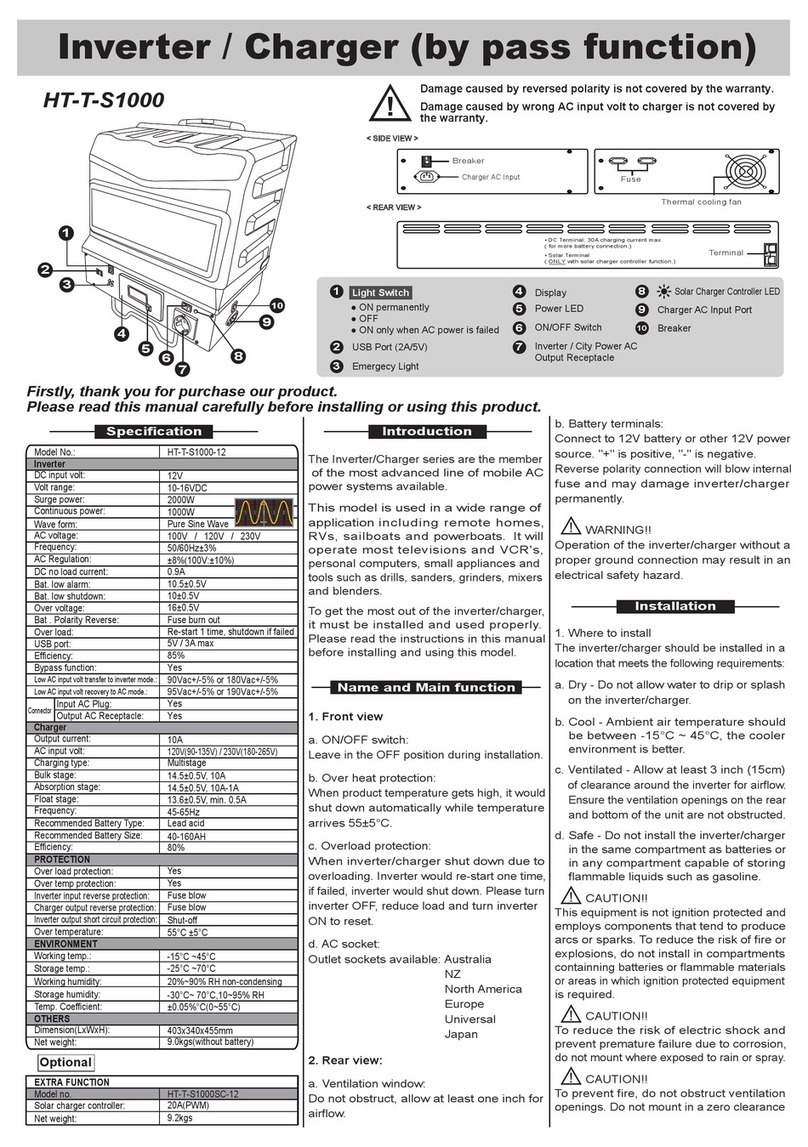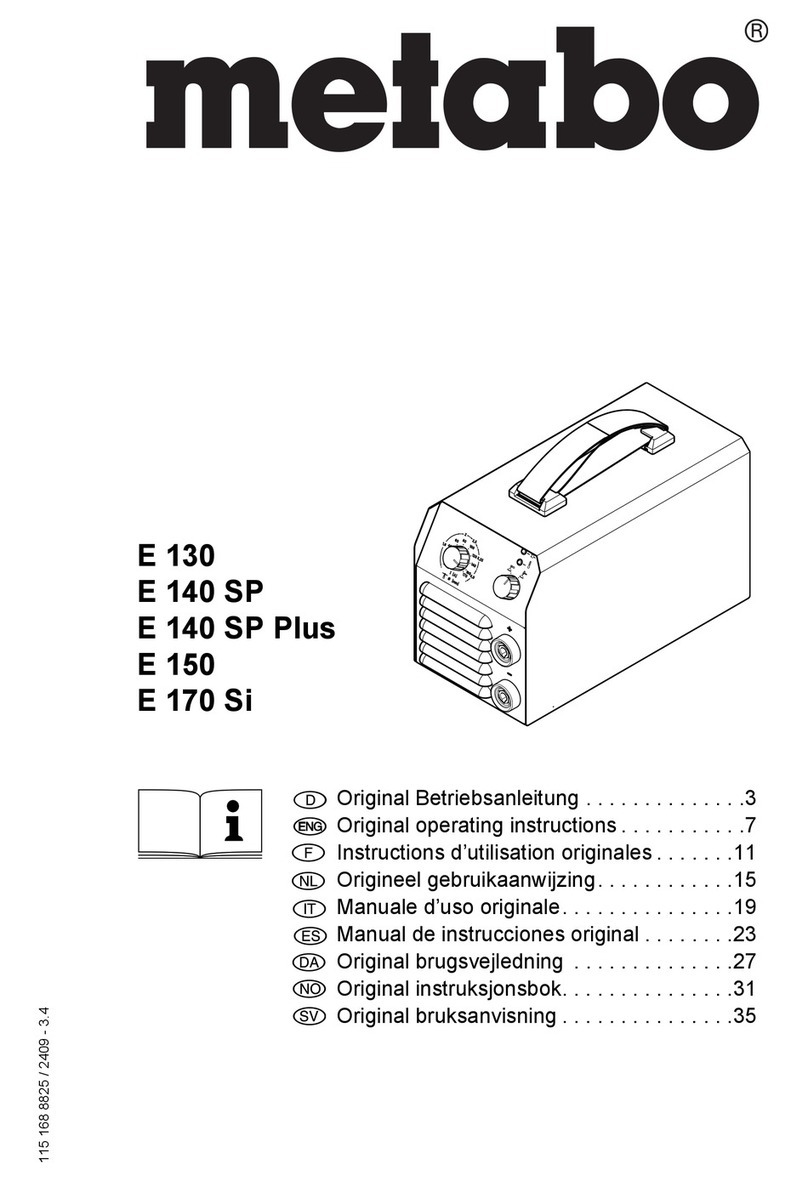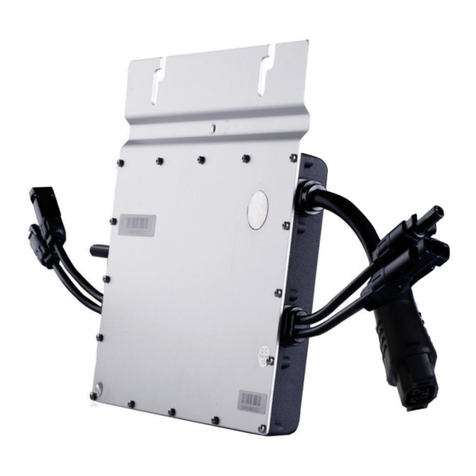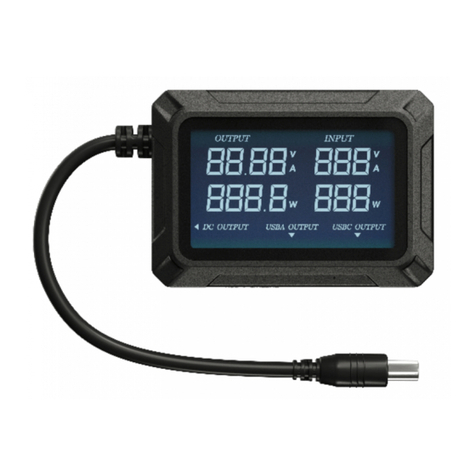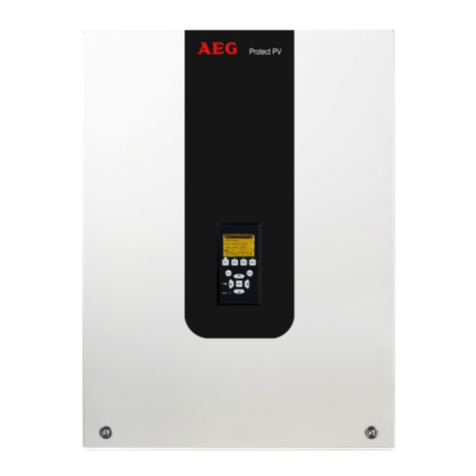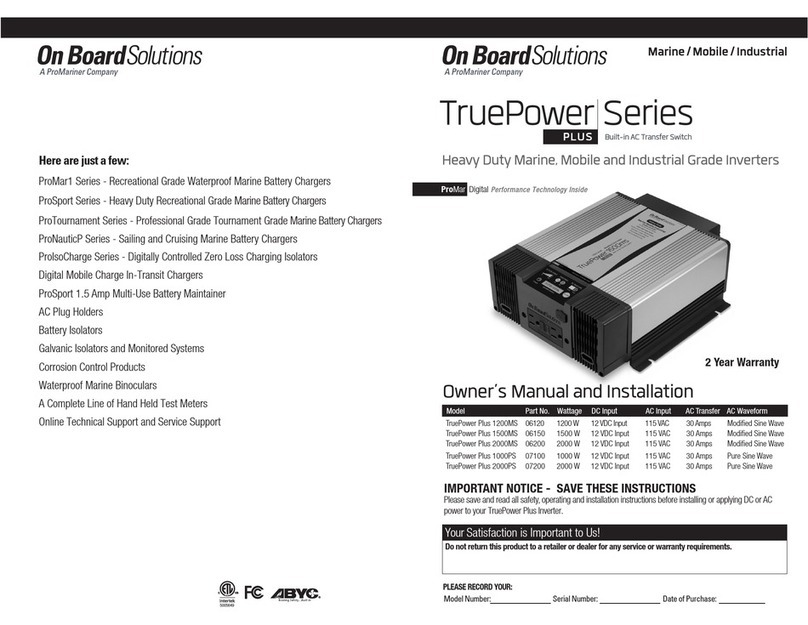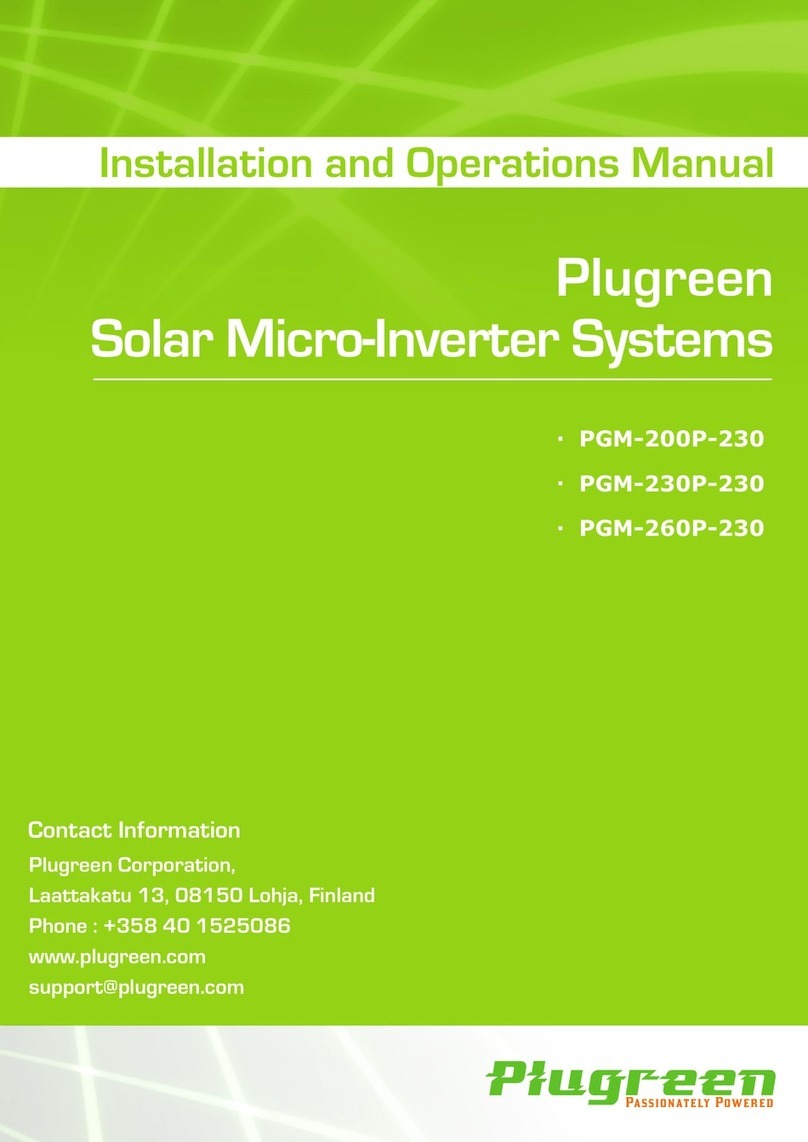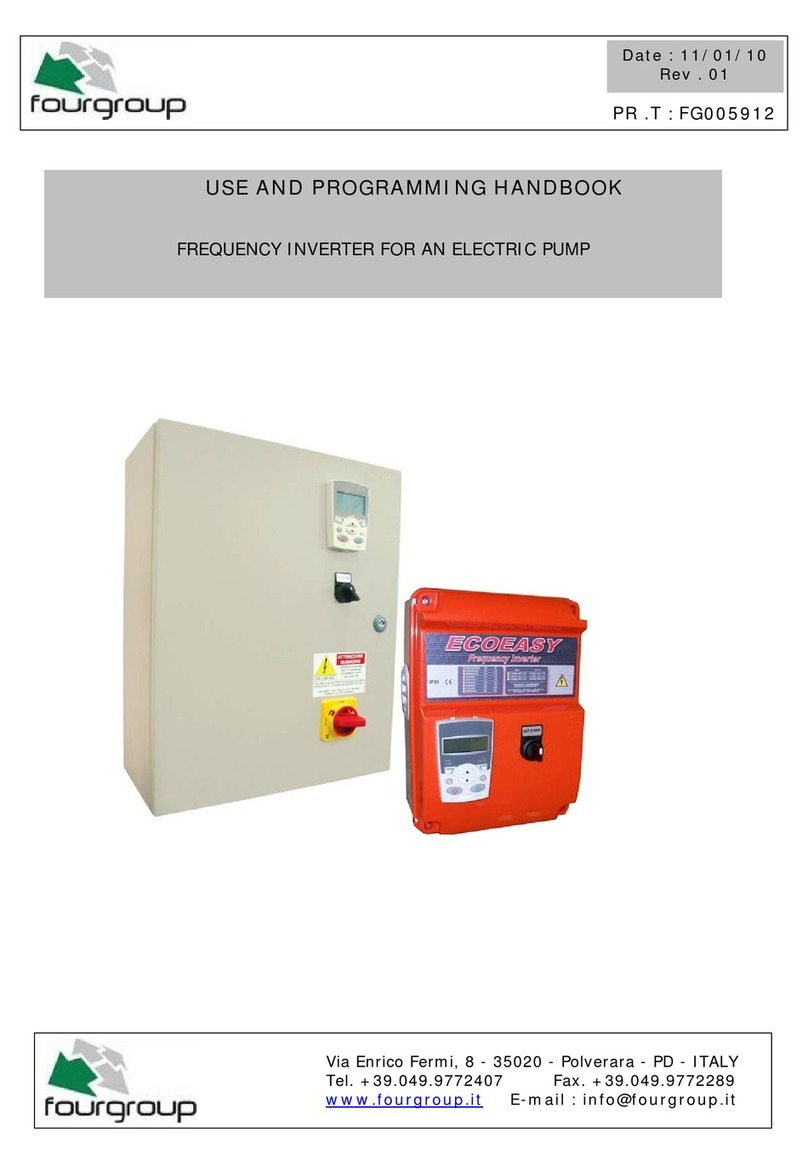viii
Table of Contents
5.2.2 Jog Operation 2-Fwd/Rev Jog by Multi-functionTerminal .............. 133
5.2.3 Jog Operation by Keypad...................................................................134
5.3 Up-downOperation......................................................................................... 135
5.4 3-WireOperation..............................................................................................136
5.5 SafeOperation Mode ...................................................................................... 137
5.6 DwellOperation...............................................................................................139
5.7 SlipCompensationOperation.........................................................................140
5.8 PIDControl .......................................................................................................142
5.8.1 PID Basic Operation ...........................................................................142
5.8.2 Pre-PIDOperation..............................................................................148
5.8.3 PID Operation Sleep Mode................................................................148
5.8.4 PID Switching (PID Openloop)...........................................................149
5.9 AutoTuning ......................................................................................................150
5.10 SensorlessVectorControl................................................................................153
5.10.1 SensorlessVectorControl Operation Setting...................................156
5.10.2 SensorlessVectorControl OperationGuide .....................................159
5.11 Kinetic Energy BufferingOperation................................................................161
5.12 EnergySavingOperation.................................................................................162
5.12.1 Manual EnergySavingOperation .....................................................162
5.12.2 Automatic EnergySavingOperation................................................162
5.13 Speed Search Operation..................................................................................163
5.14 Auto Restart Settings....................................................................................... 167
5.15 Operational Noise Settings(carrier frequency settings) ...............................168
5.16 2nd MotorOperation ........................................................................................170
5.17 Supply PowerTransition .................................................................................. 171
5.18 Cooling FanControl ......................................................................................... 172
5.19 Input Power Frequency andVoltage Settings ................................................ 173
5.20 Read,Write, andSave Parameters ................................................................. 174
5.21 Parameter Initialization ................................................................................... 174
5.22 ParameterView Lock....................................................................................... 175
5.23 Parameter Lock................................................................................................176
